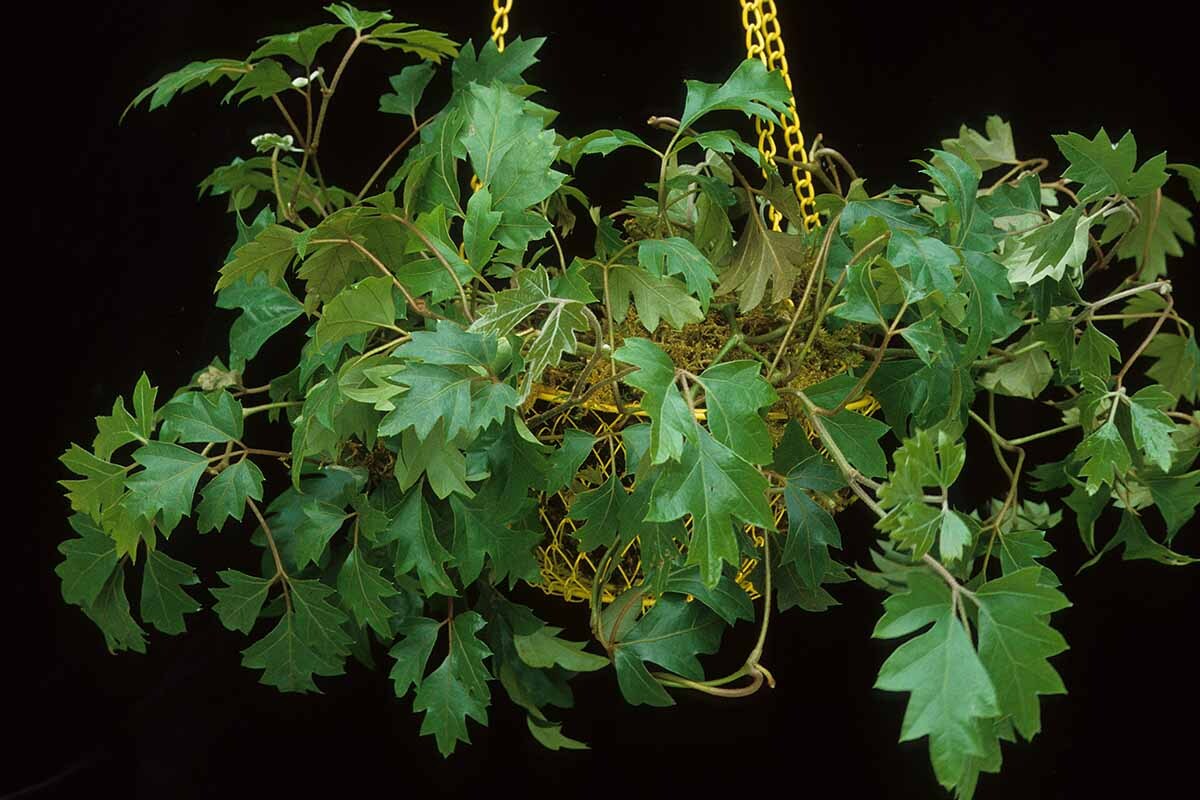
Grape Ivy is a popular houseplant known for its lush, green foliage and easy care. But did you know there’s more to this plant than meets the eye? Grape Ivy isn’t just a pretty face; it’s a versatile plant that can thrive in various conditions. Whether you’re a seasoned plant parent or a newbie, this plant is a great addition to any home. It’s not just about aesthetics; Grape Ivy also helps purify the air, making your living space healthier. Plus, it’s pet-friendly, so you don’t have to worry about your furry companions. Ready to learn more? Let’s dive into 14 fascinating facts about Grape Ivy!
What is Grape Ivy?
Grape Ivy, also known as Cissus rhombifolia, is a popular houseplant. Its lush, green leaves and easy care make it a favorite among plant enthusiasts. Let's explore some interesting facts about this versatile plant.
Origins and Habitat
Understanding where Grape Ivy comes from can help in its care and appreciation.
-
Native to Central and South America: Grape Ivy originates from tropical regions in Central and South America. This plant thrives in warm, humid environments.
-
Climbing Nature: In the wild, Grape Ivy uses its tendrils to climb trees and other structures. This climbing ability makes it a great choice for hanging baskets or trellises.
Physical Characteristics
Grape Ivy has some unique features that make it stand out.
-
Distinctive Leaves: The leaves of Grape Ivy are trifoliate, meaning they have three leaflets. These leaflets are diamond-shaped, giving the plant its scientific name, Cissus rhombifolia.
-
Evergreen: This plant remains green throughout the year, providing a constant splash of color in your home.
-
Small Flowers: While not particularly showy, Grape Ivy does produce small, greenish flowers. These flowers are often overlooked due to the plant's striking foliage.
Care and Maintenance
Grape Ivy is known for being low-maintenance, but there are still some important care tips to keep in mind.
-
Light Requirements: Grape Ivy prefers bright, indirect light. Too much direct sunlight can scorch its leaves, while too little light can cause it to become leggy.
-
Watering Needs: This plant likes its soil to be consistently moist but not waterlogged. Overwatering can lead to root rot, so it's important to let the top inch of soil dry out between waterings.
-
Humidity: Grape Ivy thrives in high humidity. If your home is dry, consider using a humidifier or placing the plant on a tray of pebbles and water.
Benefits of Having Grape Ivy
Beyond its beauty, Grape Ivy offers several benefits.
-
Air Purification: Like many houseplants, Grape Ivy helps purify the air by removing toxins. This can lead to a healthier indoor environment.
-
Stress Reduction: Studies have shown that having plants in your home can reduce stress and improve mood. Grape Ivy's lush greenery can create a calming atmosphere.
Propagation and Growth
Propagating Grape Ivy is relatively simple, making it easy to share with friends or expand your collection.
-
Stem Cuttings: The most common method of propagation is through stem cuttings. Simply cut a healthy stem, remove the lower leaves, and place it in water or soil until roots develop.
-
Fast Grower: Grape Ivy is a fast-growing plant, especially when given the right conditions. Regular pruning can help control its size and shape.
Common Issues and Solutions
Even easy-care plants can encounter problems. Here are some common issues and how to address them.
-
Pests: Grape Ivy can be susceptible to pests like spider mites and aphids. Regularly check the undersides of leaves and treat infestations with insecticidal soap or neem oil.
-
Leaf Drop: If your Grape Ivy starts dropping leaves, it could be due to overwatering, underwatering, or low humidity. Adjust your care routine accordingly to keep your plant healthy.
The Final Word on Grape Ivy
Grape Ivy, a versatile and easy-to-care-for plant, can brighten up any space. Its lush foliage and climbing nature make it a favorite among indoor gardeners. Whether you're a seasoned plant parent or just starting, Grape Ivy offers a low-maintenance option that thrives with minimal effort. Remember to provide indirect light, moderate watering, and occasional pruning to keep it healthy. With its ability to purify air and add a touch of green, this plant is more than just a decorative piece. It's a natural air purifier and a stress reliever. So, if you're looking to add some greenery to your home, Grape Ivy is a fantastic choice. Happy planting!
Was this page helpful?
Our commitment to delivering trustworthy and engaging content is at the heart of what we do. Each fact on our site is contributed by real users like you, bringing a wealth of diverse insights and information. To ensure the highest standards of accuracy and reliability, our dedicated editors meticulously review each submission. This process guarantees that the facts we share are not only fascinating but also credible. Trust in our commitment to quality and authenticity as you explore and learn with us.


